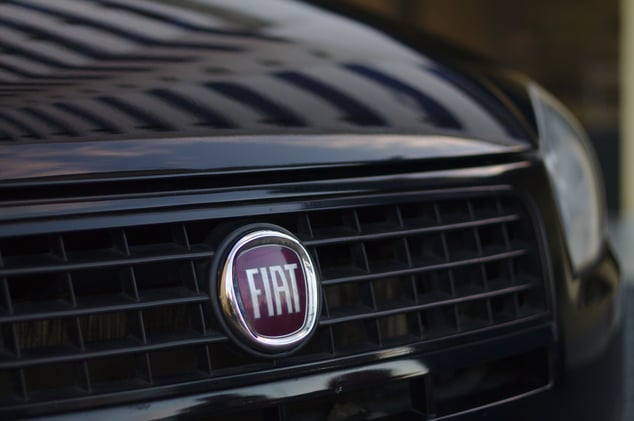The winner of the prestigious International Van of the Year award in 2006 and 2011 is back—
Fiat is launching the
fourth generation of this successful light
commercial vehicle.
Recently introduced to the UK market, the
Doblò range includes the following
van models:
• Standard
• Maxi
• High Roof
• XL
• WorkUp (with external storage compartment)
• Chassis cab with load platform
The front of the van has been
changed and reworked offering a brand new exterior design, making it much more attractive than its predecessors, and more refined. This
innovative line offers improved aerodynamics to increase
fuel efficiency.
The choice of engine for the new Doblò range includes:
• 1.3 litre diesel—MultiJet II—90 HP (Horse Power)
• 1.6 litre diesel—MultiJet II—90 HP
• 1.6 litre diesel—MultiJet II—105 HP
• 1.4 litre petrol—16 valve, MPI (Multi-point injection)— 95 HP
These engines provide up to 40% better torque response while having no adverse effect on fuel consumption (anything up to 64 mpg—an improvement of up to 12%).
The Ecojet pack option offers even more fuel efficiency for the 1.3 MultiJet II 90 HP and the 1.6 MultiJet II 105 HP engines. Fuel consumption is reduced, thanks to a combination of design features:
• intelligent alternator management
• aerodynamic pack
• low rolling resistance tyres
• Start & Stop feature
• variable displacement oil pump
According to Fiat sources, this should reduce fuel consumption as much as:
• 12% on the 1.3 MultiJet II engine 64.2 MPG (4.4 l/100 km and 115 g/km CO2)
• 15% on the 1.6 Multijet II engine 60.1 MPG (4.7 l/100 km and 124 g/km CO2)
The new Fiat Doblò range has the following safety features available (some as standard, some are optional):
• 4-sensor ABS braking system, complete with EBD (electronic brake force distributor)
• ESC (electronic stability control)
• HBA (hydraulic brake assist) and Hill-Holder systems that help the driver during hill starts
• ASR (anti slip regulation)
• parking sensors
• a passenger airbag and lateral airbags
• TPMS (tyre pressure monitoring system) checking the pressure of the tyres constantly—indicating any loss in pressure, directly, via the on-board display




